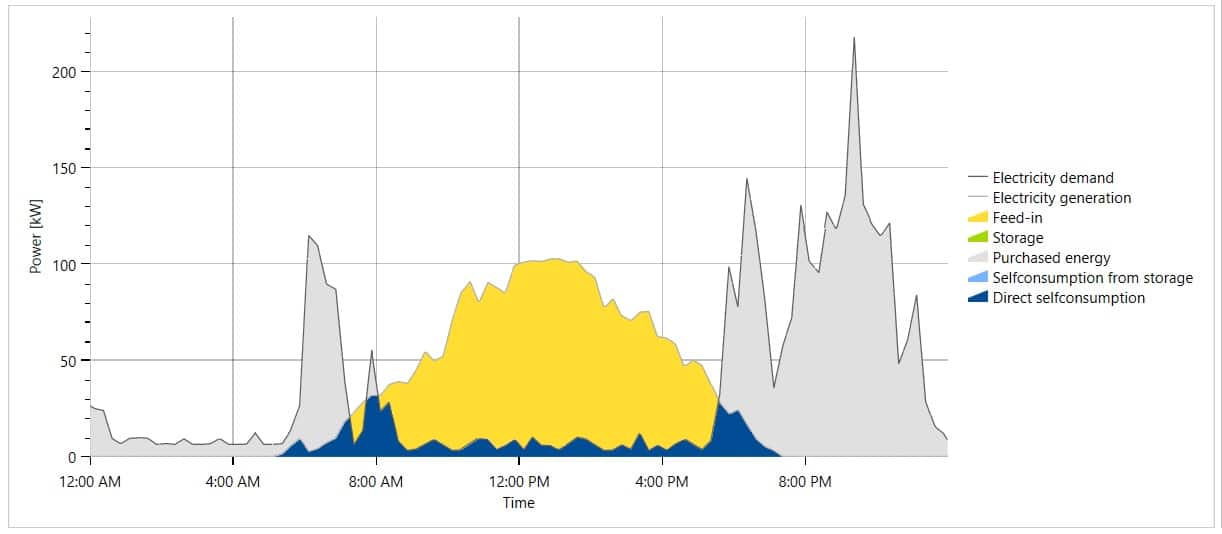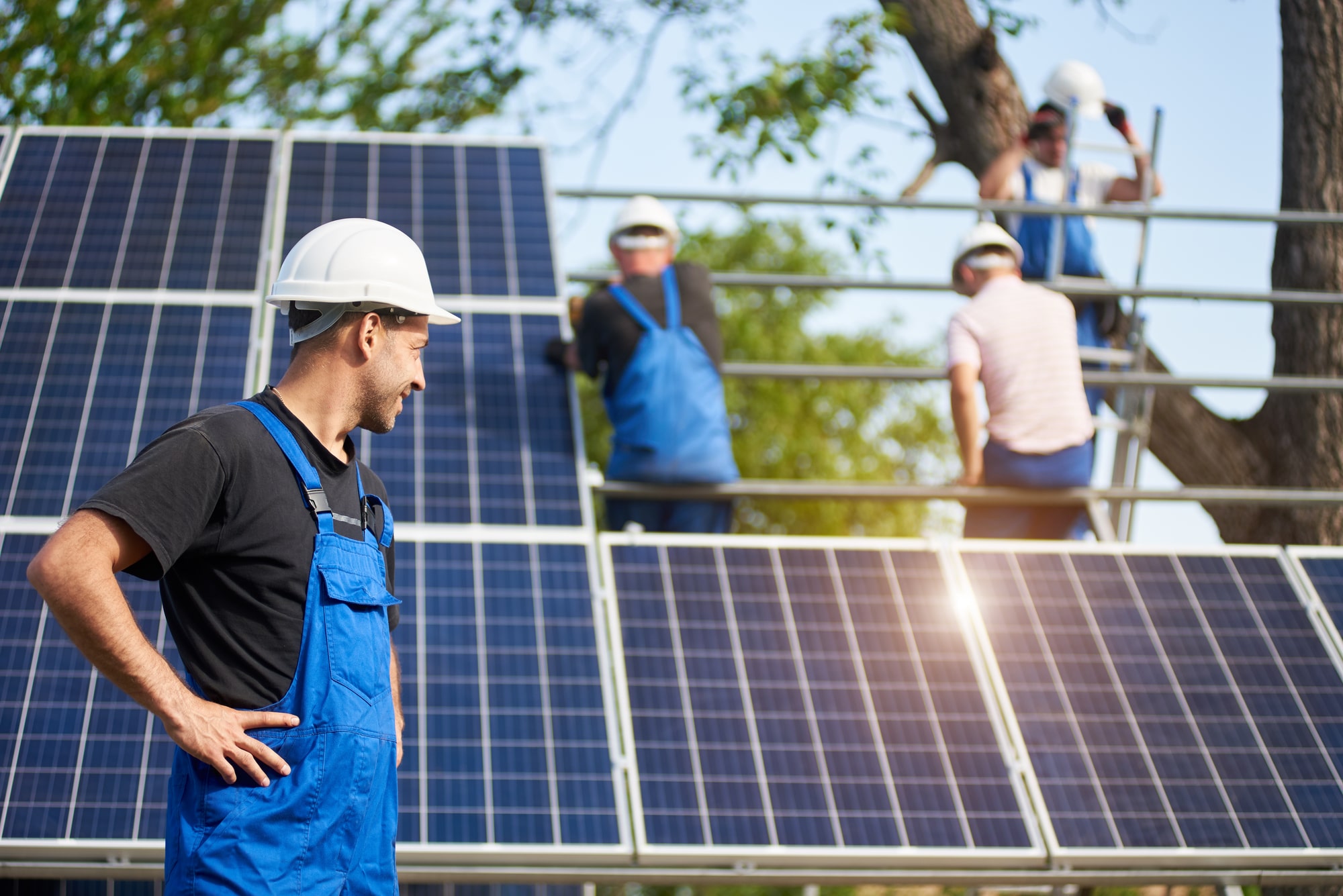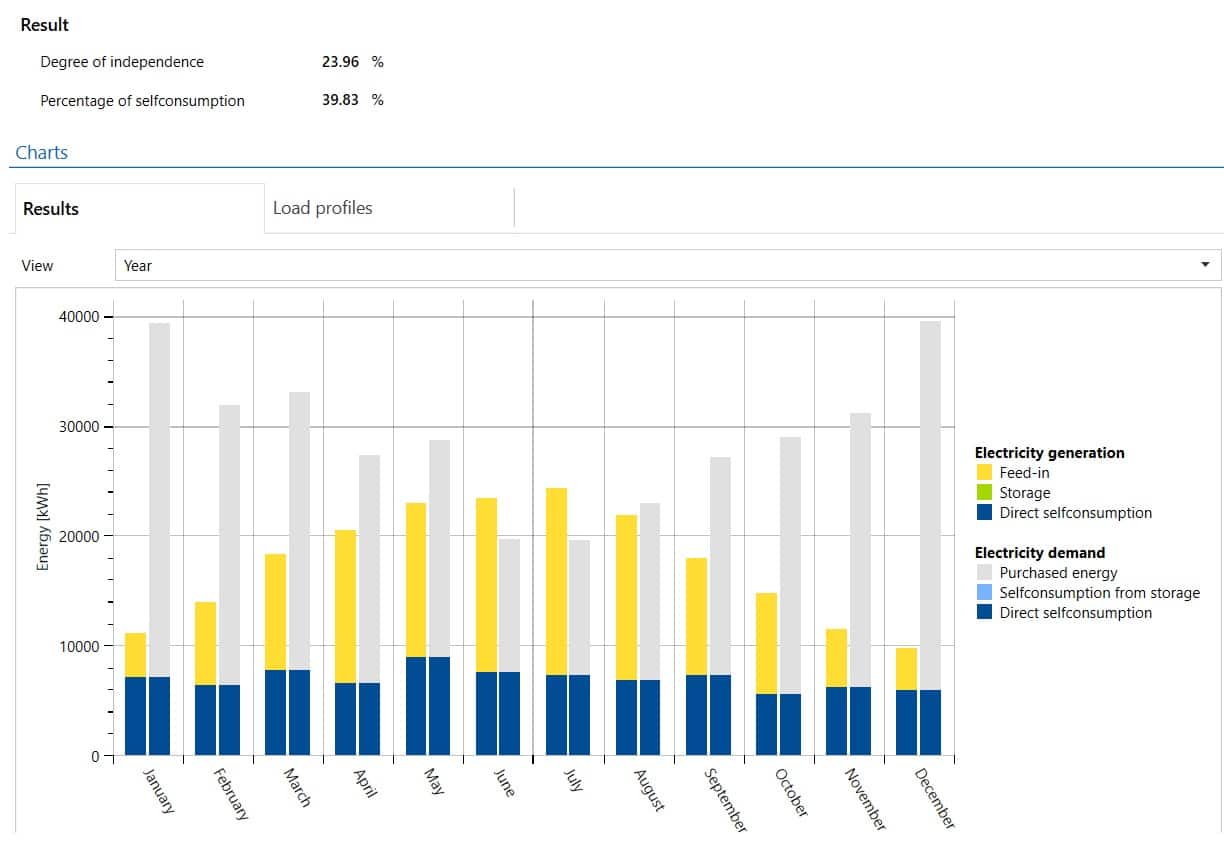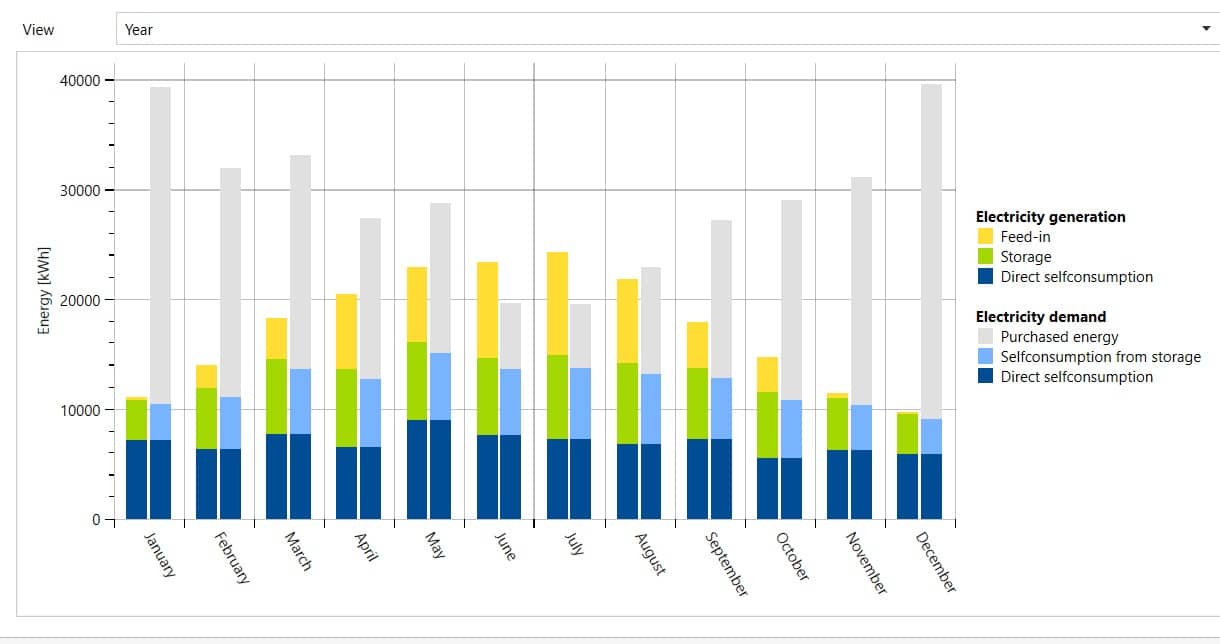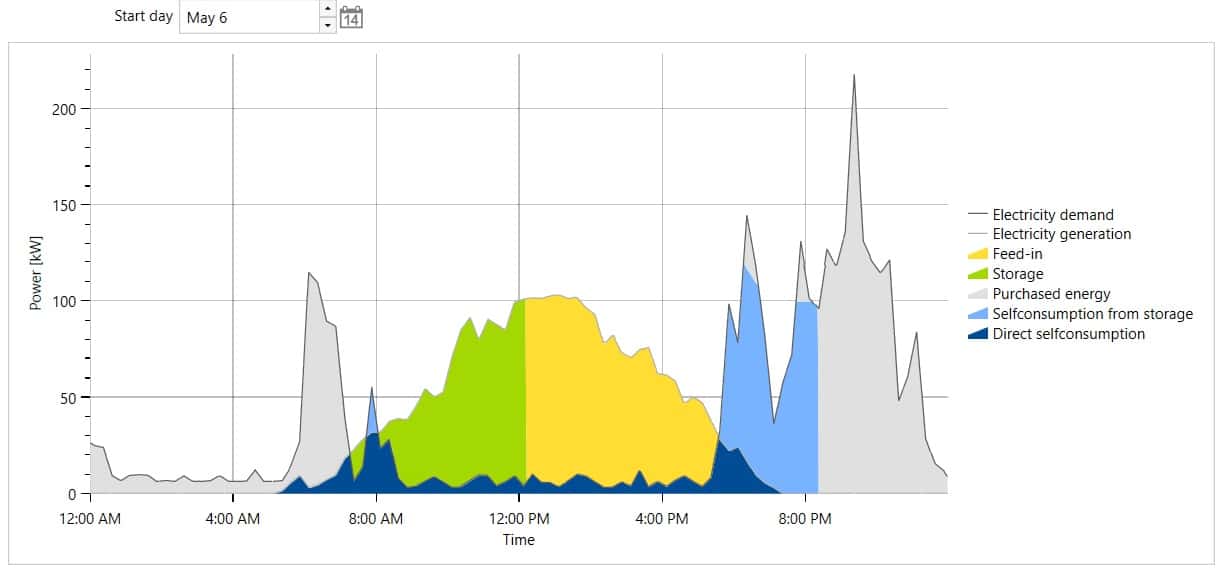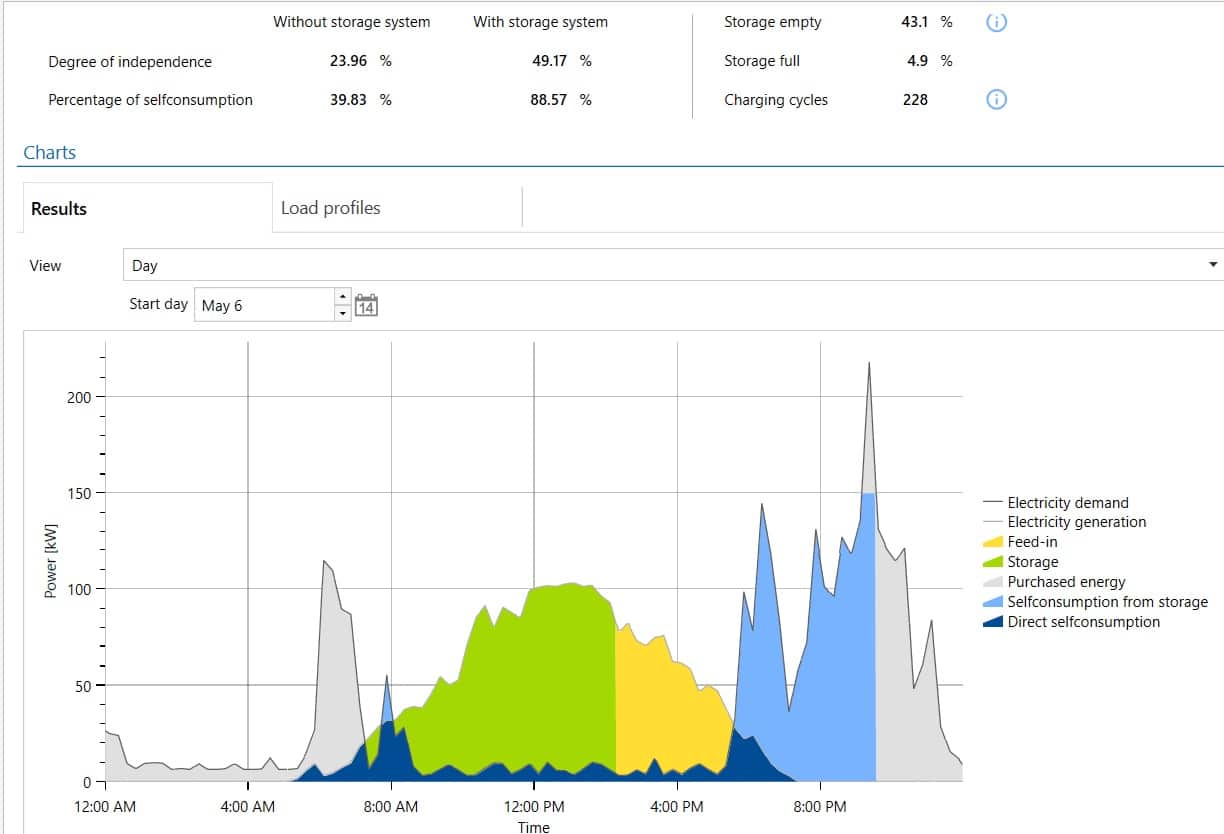So, you’ve invested in solar panels to power your home and slash your electric bills – but why hasn’t it turned out the way you expected? Don’t worry, you’re not alone. Many solar panel users are surprised to find their electric bills still running high. In this comprehensive guide, we’ll dive into the various reasons behind this common problem and offer solutions to make the most of your solar power investment.
Understanding Your Solar System
To begin with, it’s essential to understand how solar power systems work. Solar panels generate electricity during daylight hours, which can be used immediately or stored for later use. The amount of electricity generated depends on factors such as the size and efficiency of your solar panels, the angle and direction they face, and the amount of sunlight they receive. However, solar panels alone might not be enough to cover your entire energy consumption.
Hidden Factors Behind High Electric Bills
There are several reasons why your electric bill might still be high, even with solar panels installed:
- System Efficiency: Your solar panels’ efficiency can be impacted by factors such as dirt, debris, or shading, which can reduce their electricity output.
- Seasonal Variations: Electricity production can be lower during winter months due to shorter days and less sunlight, leading to increased grid energy usage.
- Energy Usage Patterns: If you’re using more electricity during non-daylight hours, you’ll rely more on the grid, causing your bills to rise.
- Utility Rate Structures: Some utility companies may charge higher rates during peak hours, even if you’re generating solar power. This can increase your overall electric bill.
Optimizing Your Solar Energy Usage
To make the most of your solar power system, consider the following steps:
- Monitor Your Energy Consumption: Keep an eye on your energy usage patterns and try to shift your high-energy-consuming activities to daylight hours when your solar panels are producing electricity.
- Regular Maintenance: Ensure your solar panels are clean and free from debris or shading. Regular maintenance can help maximize their efficiency.
- Energy Efficiency: Implement energy-saving practices in your daily life, such as using LED light bulbs, energy-efficient appliances, and smart thermostats.
- Evaluate Your Solar System: Check if your solar panels are correctly sized and installed to meet your energy needs. If required, consider upgrading or expanding your system.
Solar Power and Battery Storage Solutions
Pairing your solar panels with a battery storage system can be a game-changer. By storing the excess energy your panels produce, you can draw from it during non-daylight hours or periods of low solar production. There are various battery technologies available, such as lithium-ion and LiFePO4 batteries, each with its advantages and drawbacks. To learn more about battery storage options, explore our comprehensive guide to cutting-edge battery technologies.
A hybrid solar inverter can also be an excellent addition to your solar power system. This type of inverter can manage both solar and battery power, ensuring that you use the stored energy efficiently when solar production is low or during peak utility rates.
It’s essential to choose the right energy storage system for your needs. Avoid making common mistakes by reading our guide on 33 mistakes to avoid when choosing an energy storage system. If you’re interested in going entirely off-grid, consider our article on off-grid solar systems to learn more.
Case Study: Barcelona Company’s Solar Power Journey with Limited Energy Independence
A Barcelona-based company took a significant step towards embracing green energy by installing a 145 kWp solar power system. However, despite their considerable investment, they found their energy independence to be just 23% and self-consumption at 39%. With an annual energy usage of 350 MWh, mainly during the morning and evening hours, the company struggled to make the most of its solar panels. This case study will delve into the challenges they faced and the possible solutions to improve their energy independence and self-consumption.
The Challenges
The company’s primary challenge was its energy consumption pattern. Their peak energy usage occurred during morning and evening hours, while their solar power system generated the most electricity during midday. This mismatch between solar production and energy consumption meant that the company had to rely on grid electricity during their peak hours.
Another factor impacting their energy independence was the size and efficiency of their solar power system. While 145 kWp is a significant capacity, it might not have been enough to meet their energy demands, especially given their consumption pattern.
Potential Solutions
To improve their energy independence and self-consumption, the company could consider the following approaches:
- Energy Management: Shifting some of their high-energy-consuming activities to midday, when solar power production is at its peak, could help increase self-consumption and reduce grid reliance.
- Energy Efficiency: Implementing energy-saving practices such as using LED light bulbs, energy-efficient appliances, and smart thermostats can help reduce overall energy consumption and make their solar power system more effective.
- Solar Power System Optimization: Assessing their solar power system’s size and efficiency and making necessary adjustments could improve their energy independence. This might involve adding more solar panels, upgrading to more efficient panels, or optimizing the existing system’s installation.
- Battery Storage Solutions: Investing in battery storage technology would enable the company to store excess solar energy produced during the day and use it during peak consumption hours. This would significantly improve their self-consumption rate and energy independence. The company could explore various battery technologies, such as lithium-ion and LiFePO4 batteries, and determine the best option for their needs.
- Load Shifting: If possible, the company could explore options for shifting some of their energy-intensive processes to other facilities or locations with different energy consumption patterns, allowing for better utilization of their solar power system.
By implementing a combination of these solutions, the Barcelona company can significantly improve its energy independence and self-consumption, ultimately maximizing the benefits of their solar power investment.
A Successful Solar Power Upgrade: Barcelona Company’s Energy Storage and EMS Integration
Following the challenges faced by the Barcelona-based company with their 145 kWp solar power system, they decided to implement an Energy Management System (EMS) and integrate a 100 kW / 250 kWh energy storage solution. This strategic decision paid off, as their self-consumption increased to 74.65%, and their energy independence rose to 42%.
Impact of EMS and Energy Storage Integration
The integration of an EMS enabled the company to monitor and control their energy usage more effectively. By analyzing their energy consumption patterns and adjusting their operations accordingly, they were able to better align their energy usage with solar power production, reducing their reliance on grid electricity.
The addition of a 100 kW / 250 kWh energy storage solution further boosted their energy independence and self-consumption. With the ability to store excess solar energy produced during the day, the company could now utilize this stored energy during their peak consumption hours in the morning and evening. This effectively reduced their dependence on grid electricity, contributing to a significant increase in energy independence.
Key Takeaways
The Barcelona company’s experience demonstrates the importance of implementing an effective energy management strategy and integrating energy storage solutions to maximize the benefits of solar power systems. By investing in an EMS and a suitable battery storage system, the company was able to:
- Monitor and control their energy consumption more effectively, leading to improved self-consumption.
- Store excess solar energy and utilize it during peak consumption hours, contributing to increased energy independence.
- Reduce their reliance on grid electricity, resulting in lower energy costs and a smaller carbon footprint.
This case study highlights how businesses can optimize their solar power investments by adopting a strategic approach to energy management and storage. By understanding their energy consumption patterns and making the necessary adjustments, companies can enjoy the full benefits of solar power, contributing to a greener, more sustainable future.
How it would look like with 450 kWh battery?
FAQ: Why is my electric bill so high with solar panels?
Q: Why is my electric bill still high even after installing solar panels?
A: Several factors can contribute to a high electric bill despite having solar panels, including system efficiency, seasonal variations, energy usage patterns, and utility rate structures.
Q: How does system efficiency affect my electric bill?
A: Solar panels’ efficiency can be impacted by factors such as dirt, debris, or shading, which can reduce their electricity output. If your solar system isn’t generating enough electricity to meet your energy needs, you’ll need to rely on grid electricity, resulting in higher electric bills.
Q: How do seasonal variations impact my electric bill?
A: Solar panel output can vary throughout the year due to changes in daylight hours and sunlight intensity. During winter months, solar panels usually generate less electricity, leading to increased reliance on grid electricity and higher electric bills.
Q: How do my energy usage patterns affect my electric bill?
A: If your energy consumption mainly occurs during non-daylight hours, you’ll rely more on grid electricity, causing your electric bill to rise. To reduce your bills, try to shift high-energy-consuming activities to daylight hours when your solar panels are generating electricity.
Q: How do utility rate structures influence my electric bill?
A: Some utility companies charge higher rates during peak hours, even if you’re generating solar power. These peak rates can increase your overall electric bill. To reduce your bills, consider using stored solar energy during peak hours or implementing energy-saving practices.
Q: What can I do to reduce my electric bill with solar panels?
A: To reduce your electric bill, you can monitor your energy consumption, maintain your solar panels, implement energy-efficient practices, and explore battery storage options. By optimizing your solar energy usage and making necessary adjustments, you can effectively minimize your electric bills and maximize the benefits of your solar power system.
Q: Why is my electricity bill so high when I have solar panels in the UK?
A: In the UK, the high electricity bill with solar panels could be due to factors such as lower sunlight levels, seasonal variations, energy usage patterns, and the Feed-in Tariff (FiT) scheme changes. To reduce your electric bill, consider optimizing your energy consumption, maintaining your solar panels, and investing in energy storage solutions.
Q: What happens to solar panels after 25 years?
A: Solar panels typically have a lifespan of 25-30 years. After this period, their efficiency starts to decline, producing less electricity. However, they will still function and generate power, just at a reduced capacity. It’s recommended to have your solar panels assessed and potentially replaced or upgraded after 25 years to maintain optimal energy generation.
Q: What is the break-even point for solar panels?
A: The break-even point for solar panels is the time it takes for the savings on your electricity bills to equal the cost of the solar power system. This point varies depending on factors like the size and efficiency of your solar panels, installation costs, government incentives, and electricity rates. The break-even point can range from 5-10 years for residential solar power systems.
Q: How do I maximize my solar charge?
A: To maximize your solar charge, ensure your solar panels are clean and free from debris, properly oriented to receive maximum sunlight, and not shaded. Regular maintenance, monitoring energy consumption, and pairing your solar panels with a suitable energy storage solution can also help maximize solar charge and overall system efficiency.
Q: How do you get around the 120% rule for solar?
A: The 120% rule for solar, also known as the net metering cap, limits the size of a solar power system to 120% of a customer’s previous 12-month energy consumption. To get around this rule, you can consider energy efficiency measures to reduce your overall energy consumption, which will subsequently allow you to install a larger solar power system within the 120% limit.
Q: What will a 1000 watt solar panel charge?
A: A 1000 watt solar panel, under ideal sunlight conditions, can generate around 4-5 kWh of electricity per day. This output is enough to charge small appliances, lights, and electronic devices. To determine your charging needs, calculate your daily energy consumption and compare it with the output of your solar panel.
Q: How much can a 300W solar panel charge?
A: A 300W solar panel, under ideal sunlight conditions, can generate around 1.2-1.5 kWh of electricity per day. This output can be used to charge small devices, power LED lights, or maintain a small battery system. The charging capacity of a 300W solar panel will depend on factors like sunlight exposure, panel orientation, and weather conditions.

